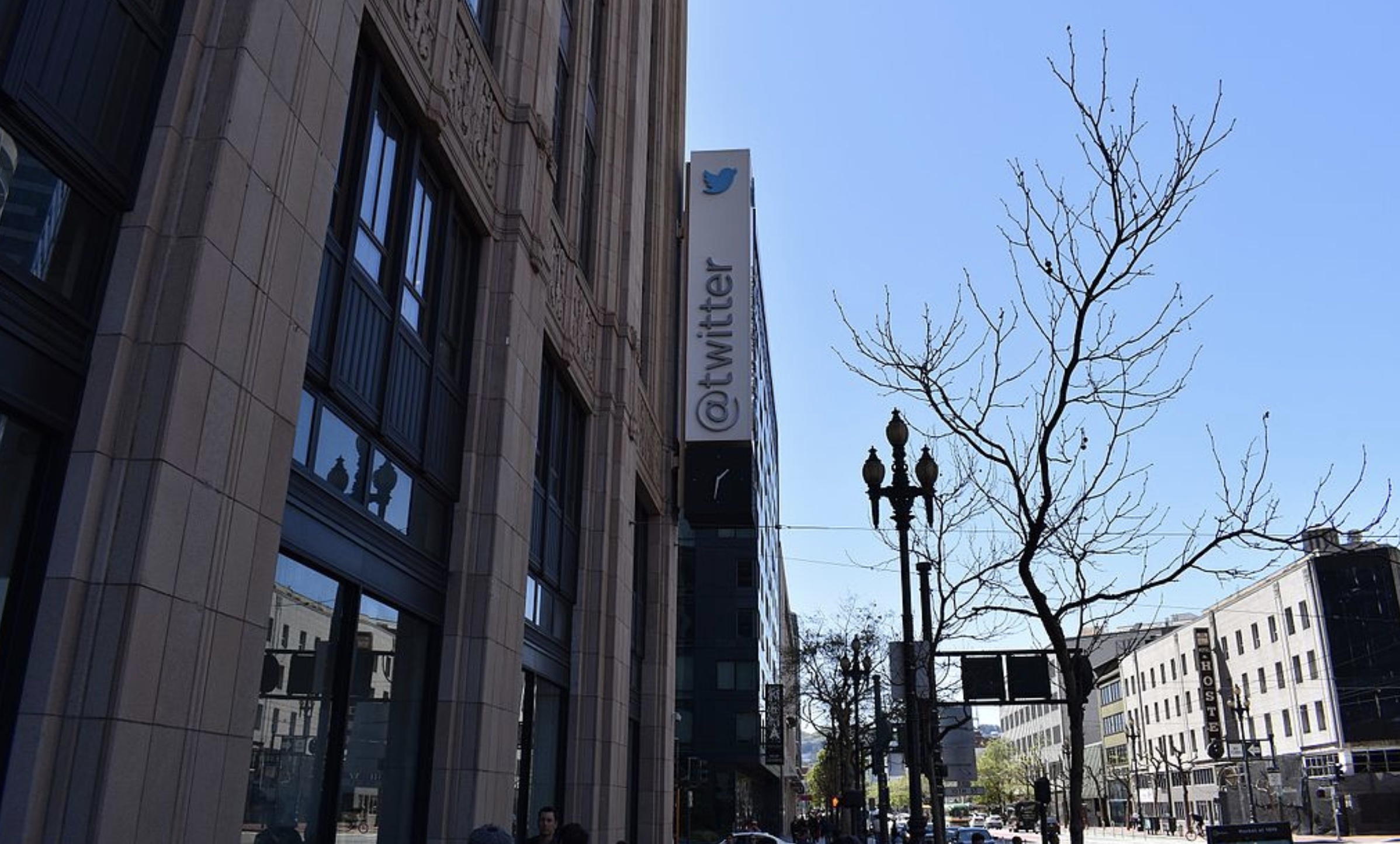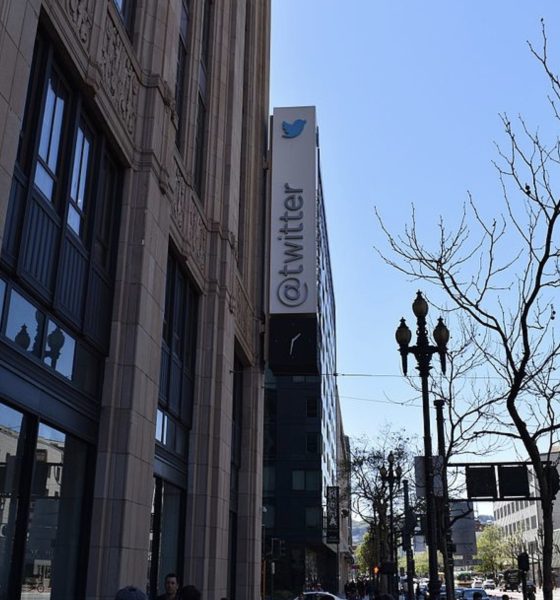

News
Over 80% of Twitter accounts are likely bots: Former FBI security specialist
Amidst the ongoing legal jabs from both Twitter and Elon Musk’s legal teams, it becomes pretty easy to lose the narrative. But while media coverage would likely give the impression that Musk is simply trying to weasel out of a $44 billion deal, the two parties’ conflict is actually based on a key issue: Twitter bots.
Twitter has maintained that less than 5% of its users are spam or fake accounts, even in its filings to the US Securities and Exchange Commission (SEC). Musk has scoffed at this estimate as the Tesla CEO believes that the number of bots on the social media platform is far higher. An estimate from Dan Woods, the Global Head of Intelligence at F5 and a former FBI special agent specializing in cybersecurity, suggests that Musk’s hunch is spot-on.
In a post on F5’s official website, Woods, who also worked for the CIA as a technical operations officer specializing in cyber operations, estimated that over 80% of Twitter’s accounts are actually bots. Woods was able to come to this conclusion after analyzing the social media platform and its countermeasures against automated accounts.
“When I consider the volume and velocity of automation we’re seeing today, the sophistication of bots that a given set of incentives is likely to attract, and the relative lack of countermeasures I saw in my own research, I can only come to one conclusion: In all likelihood, more than 80% of Twitter accounts are actually bots. This, of course, is my opinion,” Woods wrote.
The former FBI agent noted that bots are generally designed to accomplish a goal. In Twitter’s case, a key goal is to gain followers. More followers mean that an account becomes more influential, which could potentially be a security risk. What’s interesting is that there’s a means to get bots for Twitter, with countless entities offering Twitter accounts, followers, likes, and retweets for a fee. Some are even offered in the dark or deep web.
For research purposes, Woods tried these services on a Twitter account he created. And sure enough, they do work. The former FBI agent paid less than $1,000, but the account has now gained almost 100,000 followers. Woods even tried posting straight gibberish and paying a fee to have his followers retweet it — and they did. With this experience in mind, Woods took his tests further, and the results were pretty damning for Twitter’s anti-bot measures.
“I began to wonder how easy it would be to create a Twitter account using automation. I am not a programmer, but I researched automation frameworks on YouTube and Stack Overflow. Turns out, it’s easy.
“Taking my testing to the next level, over a weekend, I wrote a script that automatically creates Twitter accounts. My rather unsophisticated script was not blocked by any countermeasures. I didn’t try to change my IP address or user agent or do anything to conceal my activities. If it’s that easy for a person with limited skills, imagine how easy it is for an organization of highly skilled, motivated individuals,” Woods wrote.
It should be noted that Woods highlighted that bots are not a Twitter-only issue. Pretty much all social media platforms suffer from them. Objectively, however, it seems like Tesla CEO Elon Musk was right on target when he called out Twitter’s bot estimate. The social media platform may also have some explaining to do, especially as its own filings may very well be proven inaccurate.
Musk has commented on Woods’ findings on Twitter, joking that the price for 100,000 followers is actually not that bad.
The former FBI special agent’s full post can be accessed here.
Don’t hesitate to contact us with news tips. Just send a message to simon@teslarati.com to give us a heads up.

Elon Musk
Elon Musk’s X will start using a Tesla-like software update strategy
The initiative seems designed to accelerate updates to the social media platform, while maintaining maximum transparency.

Elon Musk’s social media platform X will adopt a Tesla-esque approach to software updates for its algorithm.
The initiative seems designed to accelerate updates to the social media platform, while maintaining maximum transparency.
X’s updates to its updates
As per Musk in a post on X, the social media company will be making a new algorithm to determine what organic and advertising posts are recommended to users. These updates would then be repeated every four weeks.
“We will make the new 𝕏 algorithm, including all code used to determine what organic and advertising posts are recommended to users, open source in 7 days. This will be repeated every 4 weeks, with comprehensive developer notes, to help you understand what changed,” Musk wrote in his post.
The initiative somewhat mirrors Tesla’s over-the-air update model, where vehicle software is regularly refined and pushed to users with detailed release notes. This should allow users to better understand the details of X’s every update and foster a healthy feedback loop for the social media platform.
xAI and X
X, formerly Twitter, has been acquired by Elon Musk’s artificial intelligence startup, xAI last year. Since then, xAI has seen a rapid rise in valuation. Following the company’s the company’s upsized $20 billion Series E funding round, estimates now suggest that xAI is worth tens about $230 to $235 billion. That’s several times larger than Tesla when Elon Musk received his controversial 2018 CEO Performance Award.
As per xAI, the Series E funding round attracted a diverse group of investors, including Valor Equity Partners, Stepstone Group, Fidelity Management & Research Company, Qatar Investment Authority, MGX, and Baron Capital Group, among others. Strategic partners NVIDIA and Cisco Investments also continued support for building the world’s largest GPU clusters.
News
Tesla FSD Supervised wins MotorTrend’s Best Driver Assistance Award
The decision marks a notable reversal for the publication from prior years, with judges citing major real-world improvements that pushed Tesla’s latest FSD software ahead of every competing ADAS system.

Tesla’s Full Self-Driving (Supervised) system has been named the best driver-assistance technology on the market, earning top honors at the 2026 MotorTrend Best Tech Awards.
The decision marks a notable reversal for the publication from prior years, with judges citing major real-world improvements that pushed Tesla’s latest FSD software ahead of every competing ADAS system. And it wasn’t even close.
MotorTrend reverses course
MotorTrend awarded Tesla FSD (Supervised) its 2026 Best Tech Driver Assistance title after extensive testing of the latest v14 software. The publication acknowledged that it had previously criticized earlier versions of FSD for erratic behavior and near-miss incidents, ultimately favoring rivals such as GM’s Super Cruise in earlier evaluations.
According to MotorTrend, the newest iteration of FSD resolved many of those shortcomings. Testers said v14 showed far smoother behavior in complex urban scenarios, including unprotected left turns, traffic circles, emergency vehicles, and dense city streets. While the system still requires constant driver supervision, judges concluded that no other advanced driver-assistance system currently matches its breadth of capability.
Unlike rival systems that rely on combinations of cameras, radar, lidar, and mapped highways, Tesla’s FSD operates using a camera-only approach and is capable of driving on city streets, rural roads, and freeways. MotorTrend stated that pure utility, the ability to handle nearly all road types, ultimately separated FSD from competitors like Ford BlueCruise, GM Super Cruise, and BMW’s Highway Assistant.
High cost and high capability
MotorTrend also addressed FSD’s pricing, which remains significantly higher than rival systems. Tesla currently charges $8,000 for a one-time purchase or $99 per month for a subscription, compared with far lower upfront and subscription costs from other automakers. The publication noted that the premium is justified given FSD’s unmatched scope and continuous software evolution.
Safety remained a central focus of the evaluation. While testers reported collision-free operation over thousands of miles, they noted ongoing concerns around FSD’s configurable driving modes, including options that allow aggressive driving and speeds beyond posted limits. MotorTrend emphasized that, like all Level 2 systems, FSD still depends on a fully attentive human driver at all times.
Despite those caveats, the publication concluded that Tesla’s rapid software progress fundamentally reshaped the competitive landscape. For drivers seeking the most capable hands-on driver-assistance system available today, MotorTrend concluded Tesla FSD (Supervised) now stands alone at the top.
News
Elon Musk’s Grokipedia surges to 5.6M articles, almost 79% of English Wikipedia
The explosive growth marks a major milestone for the AI-powered online encyclopedia, which was launched by Elon Musk’s xAI just months ago.

Elon Musk’s Grokipedia has grown to an impressive 5,615,201 articles as of today, closing in on 79% of the English Wikipedia’s current total of 7,119,376 articles.
The explosive growth marks a major milestone for the AI-powered online encyclopedia, which was launched by Elon Musk’s xAI just months ago. Needless to say, it would only be a matter of time before Grokipedia exceeds English Wikipedia in sheer volume.
Grokipedia’s rapid growth
xAI’s vision for Grokipedia emphasizes neutrality, while Grok’s reasoning capabilities allow for fast drafting and fact-checking. When Elon Musk announced the initiative in late September 2025, he noted that Grokipedia would be an improvement to Wikipedia because it would be designed to avoid bias.
At the time, Musk noted that Grokipedia “is a necessary step towards the xAI goal of understanding the Universe.”
Grokipedia was launched in late October, and while xAI was careful to list it only as Version 0.1 at the time, the online encyclopedia immediately earned praise. Wikipedia co-founder Larry Sanger highlighted the project’s innovative approach, noting how it leverages AI to fill knowledge gaps and enable rapid updates. Netizens also observed how Grokipedia tends to present articles in a more objective manner compared to Wikipedia, which is edited by humans.
Elon Musk’s ambitious plans
With 5,615,201 total articles, Grokipedia has now grown to almost 79% of English Wikipedia’s article base. This is incredibly quick, though Grokipedia remains text-only for now. xAI, for its part, has now updated the online encyclopedia’s iteration to v0.2.
Elon Musk has shared bold ideas for Grokipedia, including sending a record of the entire knowledge base to space as part of xAI’s mission to preserve and expand human understanding. At some point, Musk stated that Grokipedia will be renamed to Encyclopedia Galactica, and it will be sent to the cosmos.
“When Grokipedia is good enough (long way to go), we will change the name to Encyclopedia Galactica. It will be an open source distillation of all knowledge, including audio, images and video. Join xAI to help build the sci-fi version of the Library of Alexandria!” Musk wrote, adding in a later post that “Copies will be etched in stone and sent to the Moon, Mars and beyond. This time, it will not be lost.”








